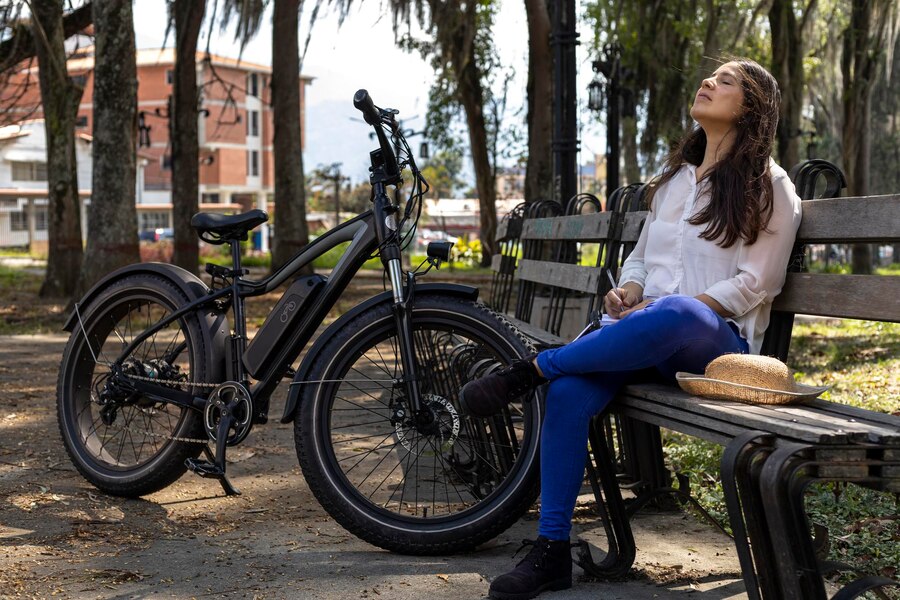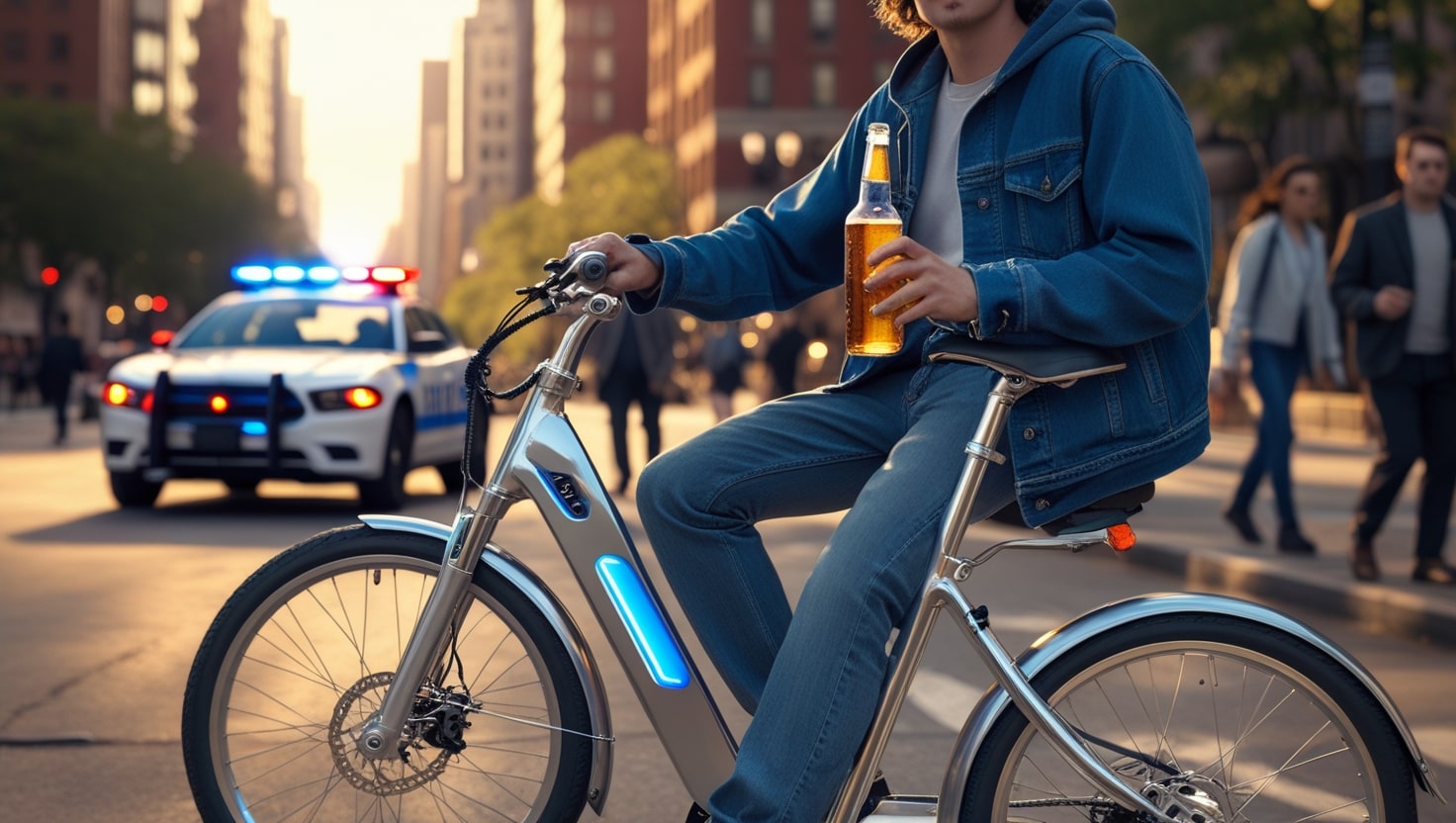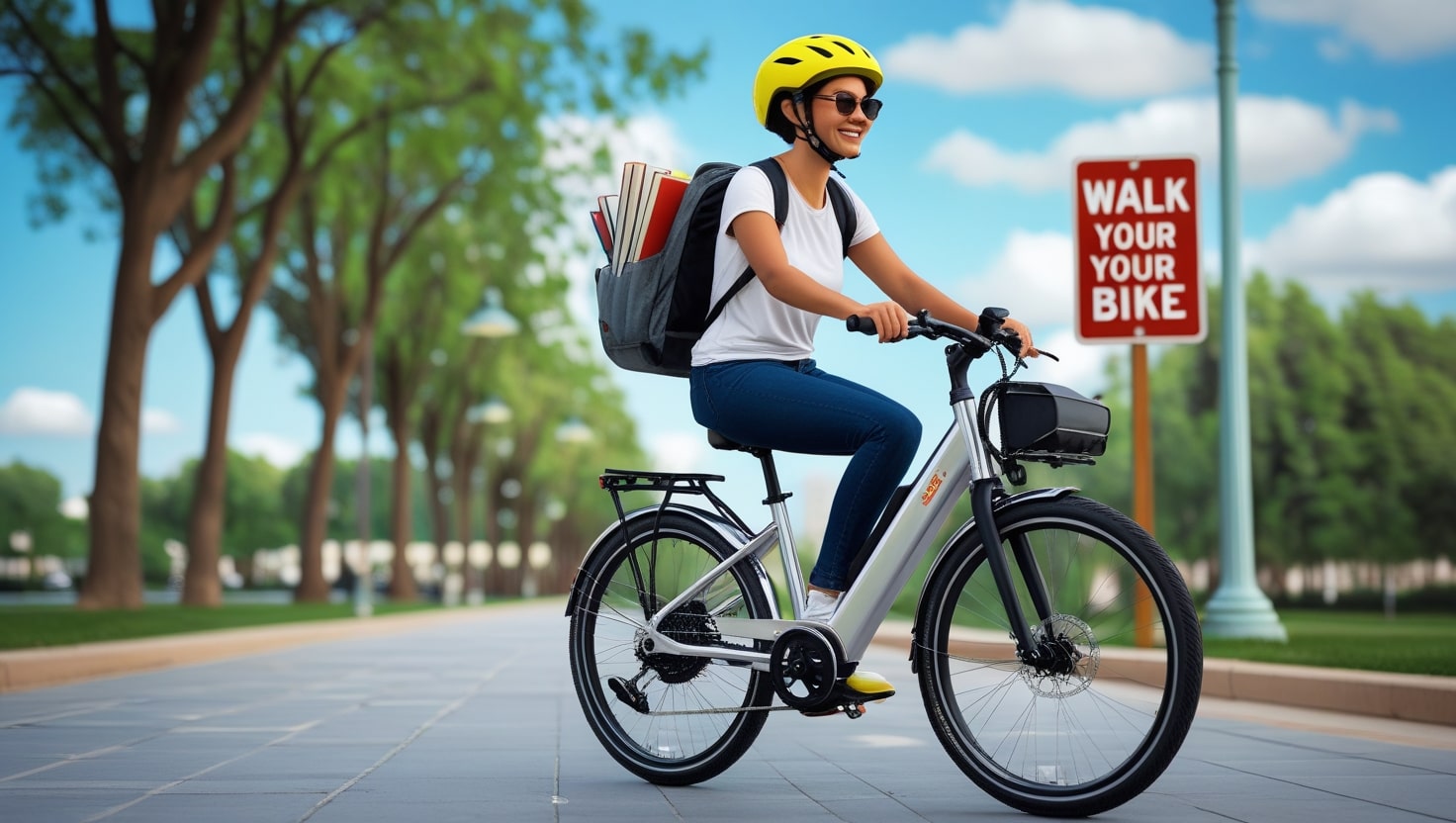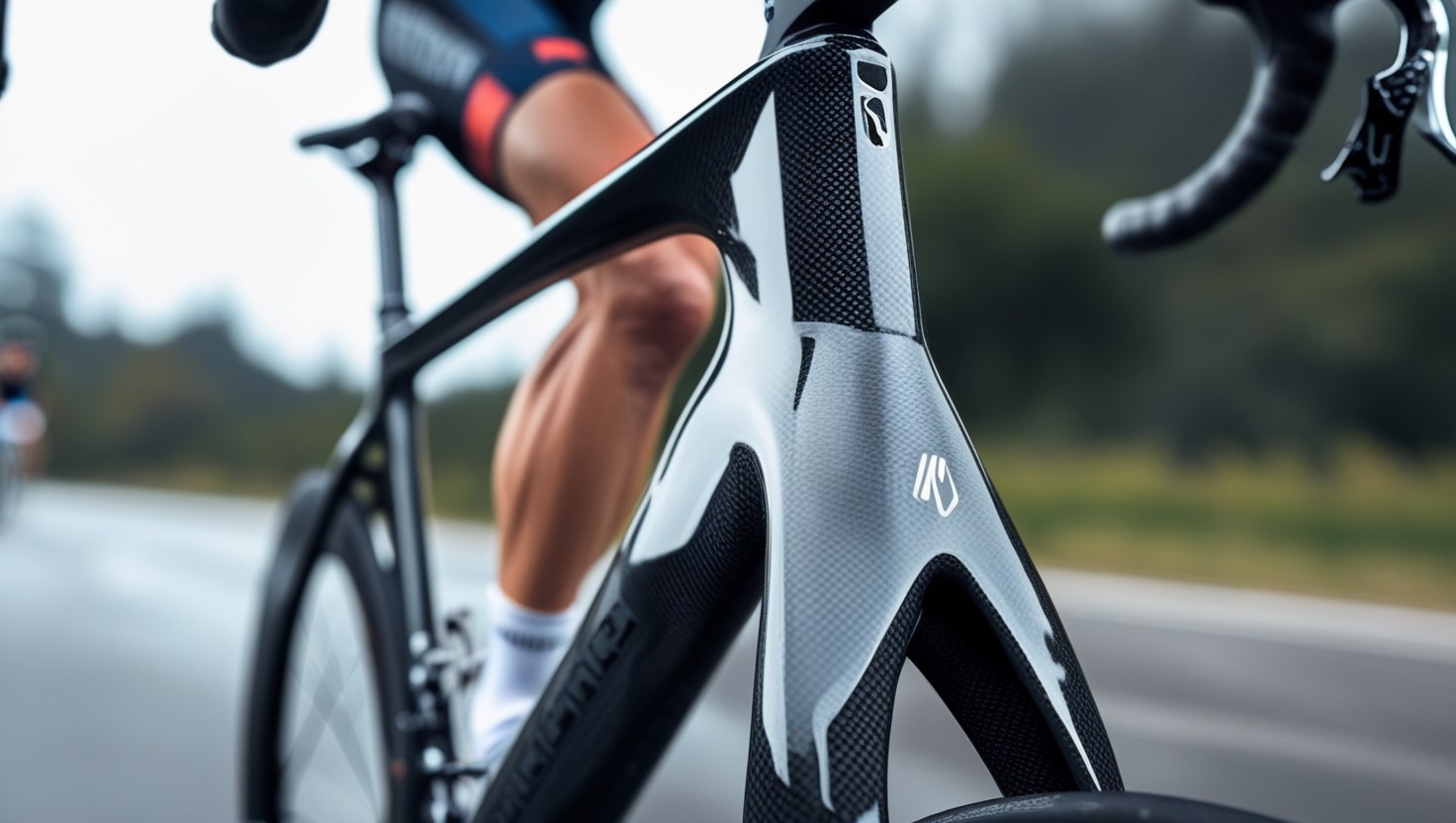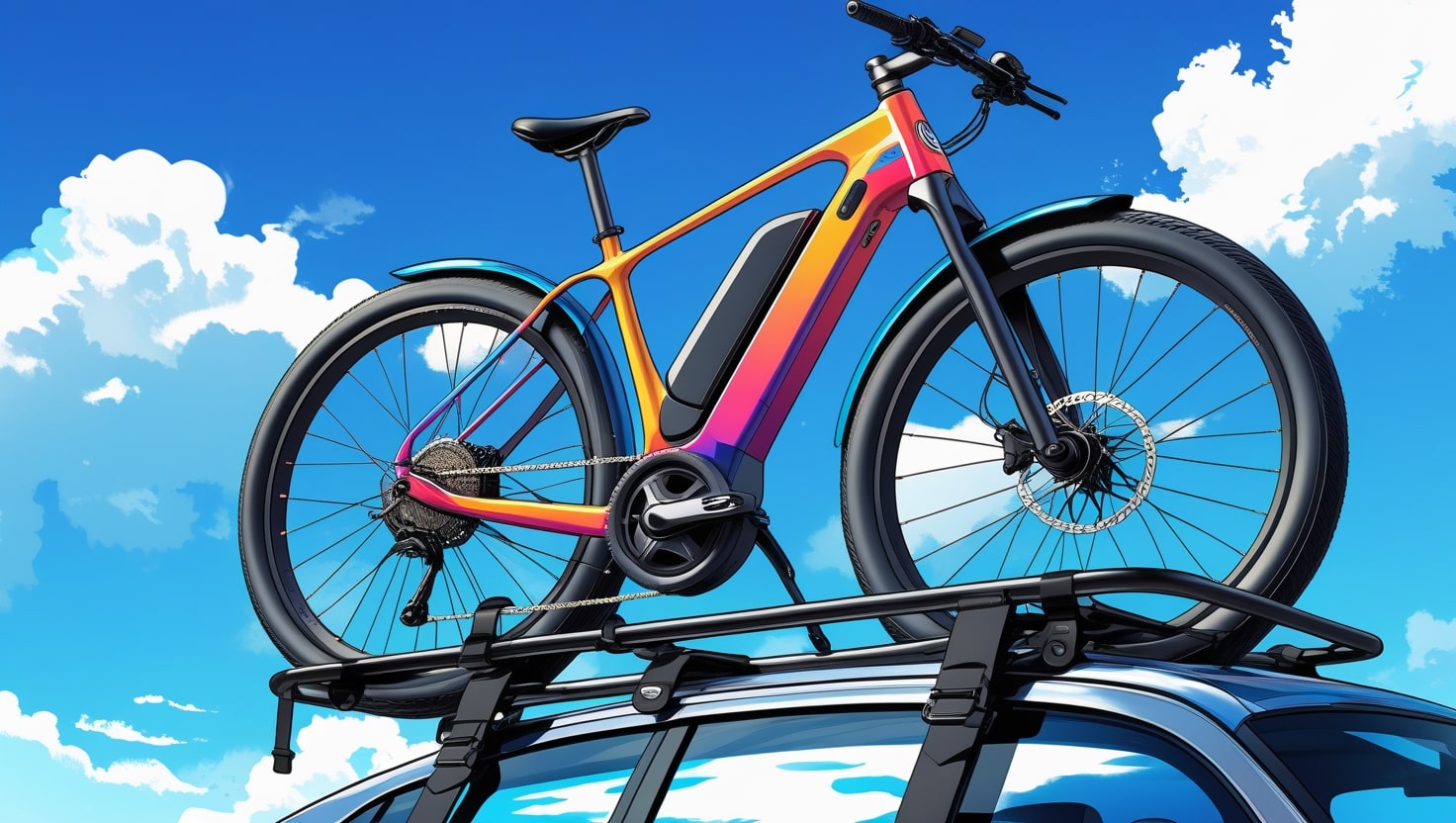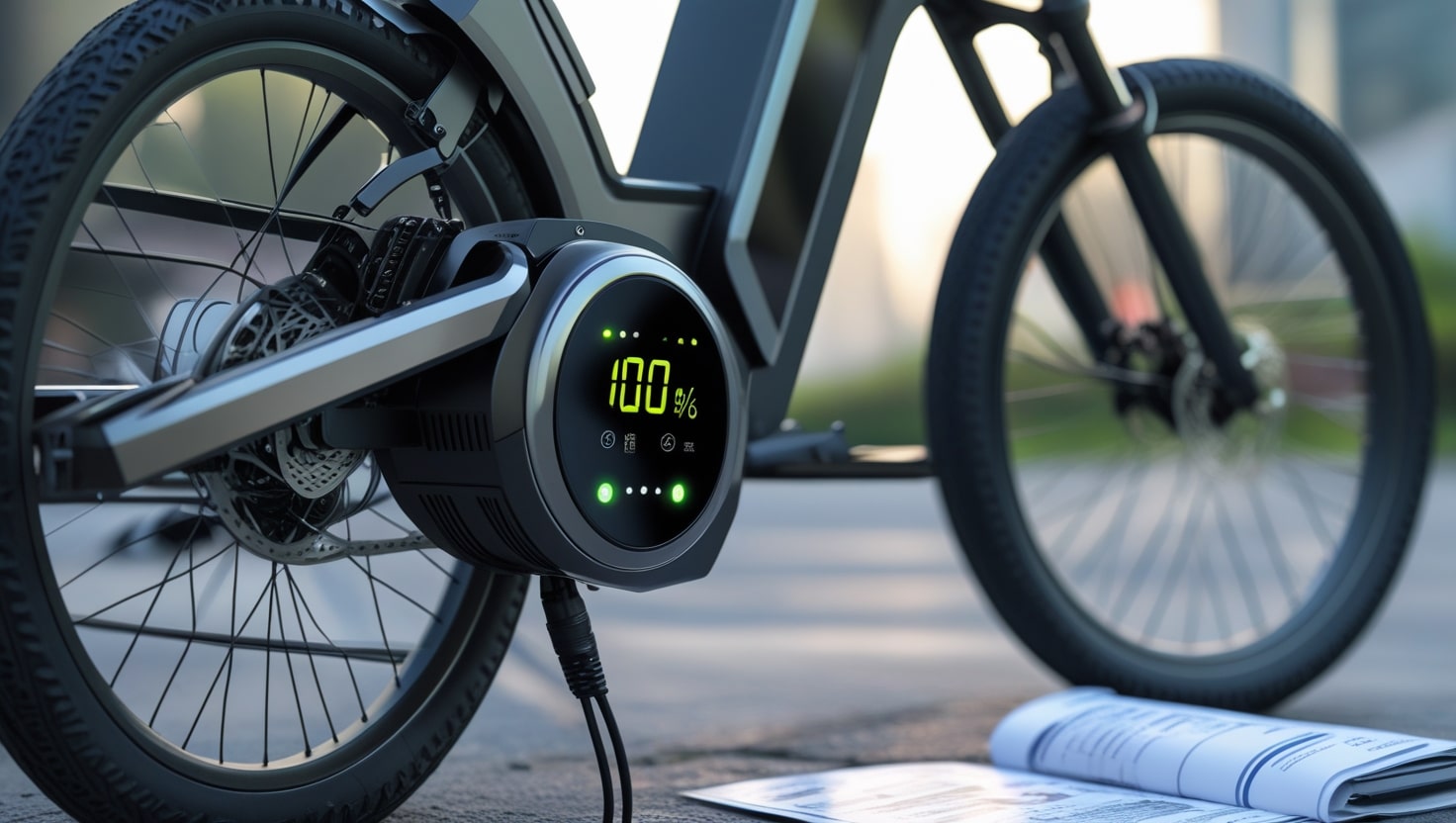Cycling is a fantastic workout, and with the rise of e-bikes, it’s easier than ever for bicycle riders to cover greater distances more efficiently. With features like pedal assist, these motorized bicycles make commuting to work or exploring scenic trails across the country a breeze. Washington State offers a wealth of beautiful bike rides, but not all are e-bike-friendly.
Whether you’re navigating picturesque bike paths or tackling a rugged trail, understanding Washington state ebike laws is important for a seamless riding experience. From the legal use of electric bikes to the areas where they’re permitted, Washington ensures cyclists can enjoy the opportunity to experience its stunning scenery responsibly.
What’s legally considered an e-bike in Washington?
In Washington, to legally qualify as an e-bike, a bicycle must meet specific requirements. The bike must have a seat, operable pedals, and either two or three wheels. Its electric motor should have a power output of no more than 750 watts. There are also three distinct categories—Class 1, Class 2, and Class 3—each defining how the e-bike motors operate and assist the rider.
E-bike motors are designed to assist until the bicycle reaches a speed of 28 miles per hour (mph), after which the motor automatically shuts off. According to manufacturer guidelines, labels indicating the classification number, motors’ power, and top-assisted speeds must be attached to the bike. If you decide to alter your bike to make it go faster, you are required to update the label to display the new top speed.
Washington State ebike laws
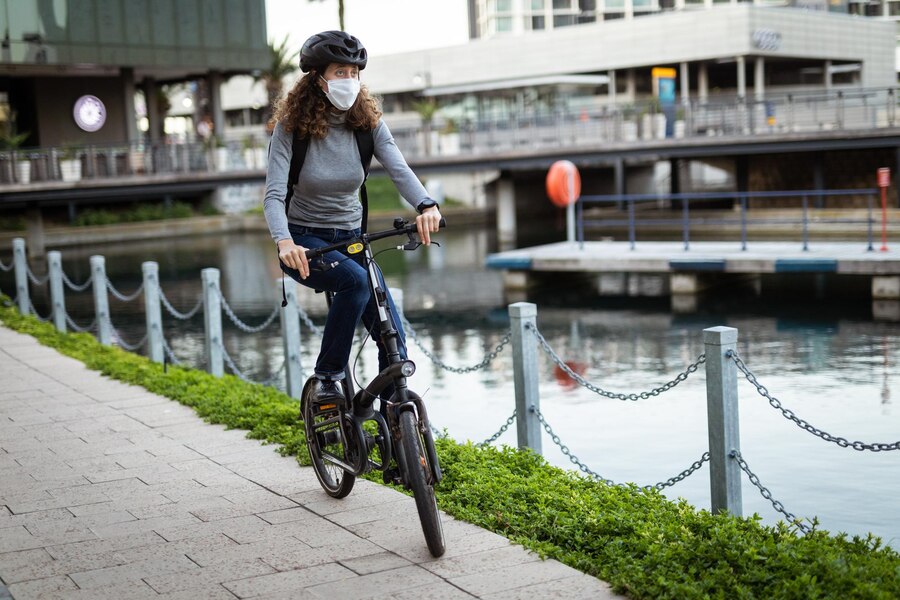
In Washington, state laws largely classify e-bikes as traditional bicycles, although there are some important distinctions. We will explore some specific e-bike regulations in the state.
Where are you allowed to ride e-bikes in Washington?
In Washington, most e-bike laws are similar to general bike laws, allowing Class 1 and Class 2 e-bikes on many bicycle paths across state and locally owned lands. However, Class 3 bikes face stricter rules and are often not allowed on shared-use pathways, sidewalks, or certain areas that specifically restrict their use.
Riding your e-bike on a single track or trail designed for a mountain bike is prohibited if vehicles like cars or scooters are also banned. Some mountain ranges don’t permit e-bikes at all, and localities can set their own rules and restrictions to regulate access further.
Are e-bikes allowed on Washington bike trails and public land?
In Washington, the Department of Fish and Wildlife (WDFW) allows Class 1 and Class 2 e-bikes on trails open to human-power bicycles, while Class 3 e-bikes are restricted to motor trails. Many national parks in the state now permit Class 1 e-bikes and Class 3 e-bikes on their bike trails, thanks to recent changes in regulations.
However, the federal government still classifies e-bikes as motor power vehicles, similar to mopeds, and they are generally not allowed on public lands managed by the U.S. Forest Service.
What class of e-bikes are legal in Washington?
Class 1 E-bikes: These e-bikes provide motor assist only while the bicyclist is actively pedaling, known as pedal assist. When the bike hits 20 mph, the motor stops assisting. This type does not have throttle assist.
Class 2 E-bikes: These e-bikes offer motor assist even when the cyclist isn’t pedaling, and they include throttle assist. The motor stops assisting when the bike reaches a maximum speed of 20 mph.
- Class 3 E-bikes: These e-bikes only assist when the cyclist is pedaling, like Class 1, but the motor assists until the bike reaches a higher speed of 28 mph. This option does not include throttle assist.
Class 3 e-bikes must have a speedometer and their access is restricted to certain areas where class 1 and class 2 e-bikes are allowed. Additionally, many states enforce minimum age restrictions for riders of Class 3 e-bikes.
How old do you have to be to ride an e-bike in Washington?
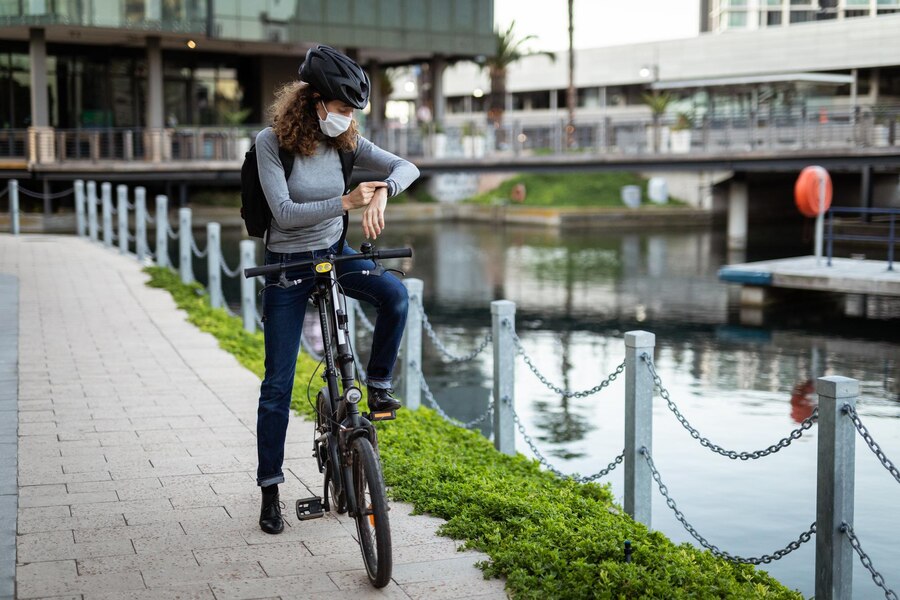
In Washington, anyone can ride a Class 1 or Class 2 e-bike, making them accessible to most bicyclists. However, riders of Class 3 e-bikes must be at least 16 years of age, ensuring that only older individuals can operate these faster and more powerful e-bikes.
Do you need a helmet when riding an e-bike in Washington?
In Washington, there is no statewide law requiring helmets for e-bikes, but local authorities and localities set their own helmet laws. For example, King County, which includes Seattle, had a helmet mandate in place since 1993, but it was recently dropped.
Other states, like Oregon, have bicycle helmet laws for young cyclists, and some areas allow local authorities to make their own rules. Regardless of the laws, wearing a helmet is highly recommended to protect your noggin. Check out our helmet guide for helpful tips on finding a great helmet for your ride.
Rlated: Indiana Ebike Laws
Do you need a license to ride an e-bike in Washington?
In Washington, electric bicycles are treated just like traditional bicycles, so you don’t need to register your e-bike or have a license. Unlike motor vehicles, there’s no requirement for insurance either. This makes riding an e-bike simple and accessible for everyone while still following the law.
Are there rebates for purchasing an electric bike?
In 2023, Washington became the eighth state to offer rebates and incentives for purchasing electric bikes. The law allocated $5 million to support e-bike purchases and an additional $2 million to establish lending libraries. Through the incentive program, e-bike buyers can get a $300 point-of-sale rebate, regardless of their income, while individuals with lower incomes may qualify for rebates up to $1,200.
For households earning at or below 80 percent of their county’s median income, the higher rebate applies, making e-bikes more affordable. These lending libraries, managed by municipalities, businesses, tribes, or nonprofits, aim to provide more people with access to e-bikes.
Trail Riding with Your eMTB
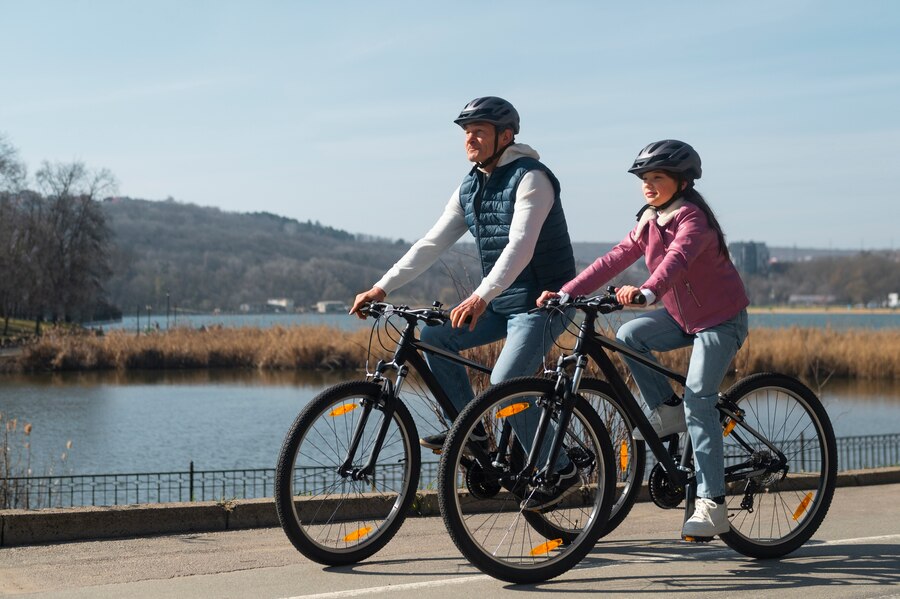
Electric mountain bikes (eMTBs) bring an exciting level of adventure to trail riding in Washington, but it’s important to understand where you can ride them. Access varies across federal, state, county, and local trails, depending on whether the trail is open to motorized or non-motorized uses. If the trail allows both, your eMTB is usually good to go, but if it’s designated for non-motorized activities, it may be off-limits. Learning this rule firsthand during an unplanned detour reminded me of the importance of checking local rules before heading out.
To ride your eMTB legally and responsibly, always verify current regulations, as they can change quickly—sometimes as fast as the weather in Washington.
Local, State, and Federal Guidelines
Navigating the patchwork of regulations for e-bikes can be tricky, as rules vary by jurisdiction. At the state level, Washington State Parks allow Class 1 and Class 3 e-bikes on single-track, non-motorized, natural surface trails, a policy I found surprisingly accommodating during my quest for new riding experiences. Federally, eMTBs are classified as motorized vehicles, which limits their use to motorized trails on lands like national forests or areas managed by the Bureau of Land Management. This distinction is critical when planning rides, as the wrong trail could leave you off-limits.
Why e-Bikes Are Great for Washington Riders
E-bikes truly level the playing field, making cycling more accessible and enjoyable for a wider range of people. Whether it’s overcoming challenges related to physical fitness, age, or convenience, e-bikes provide a solution that traditional bicycles cannot always offer. For me, riding an e-bike meant keeping up with my friends on longer rides, without the dreaded next-day soreness. They also promote more frequent riding and let you explore farther horizons, expanding where your bike can take you.
Rlated: Michigan Ebike Laws
Great eMTB Rides in Washington
Washington State is home to some truly spectacular eMTB trails, such as the Boundary Trail in Morton and the North Fork of Asotin Creek in Asotin. These trails offer a unique mix of technical terrain, breathtaking panoramic views, and challenges that come with great rewards. One of my personal favorites is the Boundary Trail, where the beauty of the state shines through in every turn. These trails never get old and showcase why Washington is a paradise for eMTB enthusiasts.
Local ordinances for e-bikes in Washington
In Washington, localities have the power to restrict or allow e-bikes in certain areas to promote public safety or preserve natural surface trails. It’s always a good idea to check with local land management before planning to ride an e-bike, especially a Class 3 model, in a specific area. For instance, Kings County Parks and Recreation, which oversees the stunning Sammamish River Trail, permits Class 1 and Class 2 e-bikes on bike trails but prohibits Class 3 e-bikes for safety reasons.
Rlated: Kansas Ebike Laws Simplified
What you should know before riding your e-bike in Washington
Planning an e-bike trip to Washington opens up a world of exciting places to ride. You can take a ferry to Bainbridge Island, explore historical landmarks along the Centennial Trail, or spot wildlife from the bike lanes of the Lake Washington Loop. Before heading out, make sure you’re familiar with the rules of the road. Check with local land managers, state land managers, or the U.S. Forest Service (for public lands) and do a quick online search to see if there are any ordinances that might restrict e-bike use in your chosen area.
Wrapping it Up
Electric bicycles in Washington bring endless possibilities for people looking for an exciting yet safe and enjoyable experience. By understanding and adhering to the laws, you can ensure that everyone on the road or trail enjoys a successful e-bike adventure. The key lies in proper preparation, showing respect for the rules, and embracing the spirit of riding with confidence and care.
Rlated: Oregon eBike Laws
FAQs
Can electric bicycles be ridden on trails in Washington?
Yes, e-bikes can be ridden on trails in Washington, but there are specific restrictions depending on the class of your bike and the trail’s designation. Class 1 and Class 2 e-bikes are typically allowed on bike paths and improved trails, making them a great option for most riders. However, Class 3 e-bikes face more restrictions and are often not allowed on certain trails unless specifically authorized by local regulations.
What’s the speed limit for Class 3 electric bicycles?
For Class 3 electric bicycles, the maximum pedal-assist speed limit is 28 mph. It’s important for riders of Class 3 e-bikes to adhere to this speed limit to ensure safety for themselves and others.
Are eMTBs allowed on non-motorized trails?
The access for electric mountain bikes (eMTBs) on non-motorized trails often varies and depends on the managing agency or local authority. While eMTBs may be allowed on trails designated for both motorized and non-motorized uses, they are typically not permitted on trails managed exclusively for non-motorized activities.
When did legislation become law?
The law regarding e-bikes was enacted on June 7, 2018, introducing the requirement for all new e-bikes to carry proper labeling by July 1, 2018.
Why restrict an e-bike’s power output to 750 watts?
The maximum power output of 750 watts for e-bikes aligns with federal consumer protection regulations, ensuring they remain classified as a bike and not a motor vehicle. If the wattage exceeds 750, the e-bike becomes subject to stricter rules, including licensure and registration, for the purpose of enhanced consumer protection and road safety.

